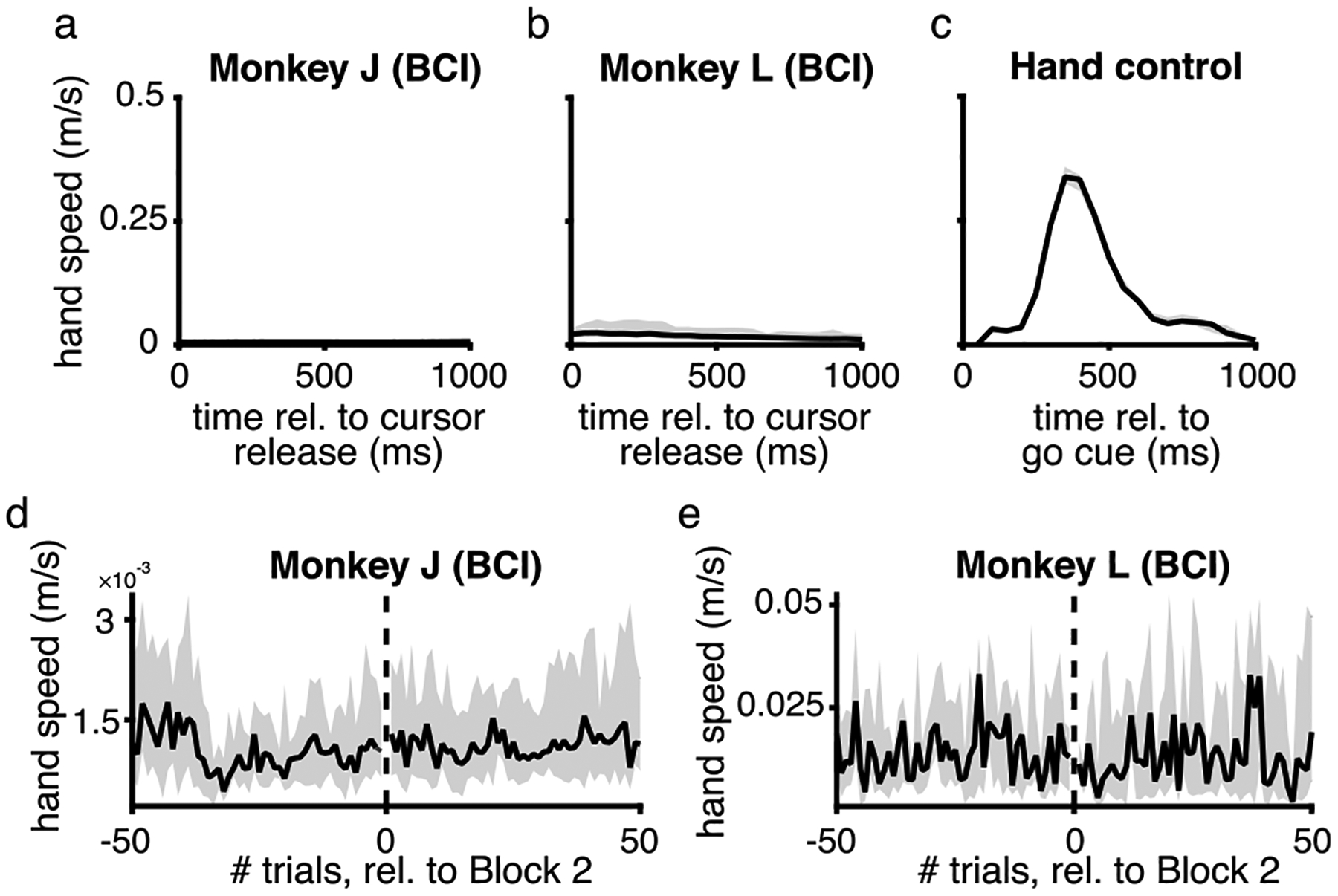Extended Data Fig. 2 |. Changes in neural engagement during BCI control could not be explained by hand movements.

a-c. During the BCI experiments, we recorded the hand speed of two animals (monkey J, shown in panel a; and monkey L, shown in panel b), for the hand contralateral to the recording array (the other hand was restrained). Monkey N’s hand speed was not recorded because his hand was restrained in a tube, and the reflection of the light on the tube made his hand difficult to track. We also recorded the hand speed of monkey G (shown in panel c), who performed a center-out arm reaching task (as shown in Fig. 2i–j). This allowed us to compare hand speeds across both types of experiments. We found that the arm movements during the BCI task (panels a and b) were substantially smaller than during the center-out arm reaching task. Black line indicates median across trials to all sessions, while shading indicates median ± 25th percentile (a, n = 25 sessions; b, n = 10 sessions; c, n = 3 sessions). d-e. Even if animals showed little to no arm movements (as shown in panels a and b), might it be the case that the increase in neural engagement at the start of block 2 (Fig. 4c) can be explainedby animals moving their hands more than they did on previous trials? We found no substantial increase in hand speed at the start of Block 2 for either monkey. Black line indicates median across sessions, while shading indicates median ± 25th percentile (d, n = 25 sessions; e, n = 10 sessions). Thus, the increase in neural engagement we observe at the start of Block 2 cannot be explained by animals suddenly moving their hands more than during Block 1.
